Club foot 1 CLUB FOOT Presented By Sushant 2 INTRODUCTION Talipes Latin talus (ankle) pes (foot) Equino indicates the heel is elevated (like a horse's) varus indicates it is turned inward It is a congenital malformation of the lower extremity that affects the lower leg, ankle, and foot Club foot, also called congenital talipes equinovarus (CTEV), isSpeed or sport horses Both hooves have a 62° hoof angle The first foal's club foot has a slight dish in the front, a high PA of 12°, and a BA of 50° That foot might be a candidate for check ligament desmotomy But the other foal's club foot has a 23° PA and a BA of 60°; Club Foot Horses Versus Uneven Weight Distribution First off let's discuss exactly what a "club foot" is This term is widely misused with regard to its use in horses with uneven hoof growth patterns The term "club foot" actually refers to a congenital defect of the foot and according to The Free Dictionary,
Would You Buy A Horse With Club Foot Pics The Horse Forum
Club foot horse shoeing
Club foot horse shoeing-A club foot is a DEFORMITY and for any horse to win at top level competition it needs every possible advantage and no drawbacks The only way to stop continuing problems with club footed horses is not to breed from them After 11 months of gestation, it is a costly and heart breaking exercise if it results in a club footed foal If you do have a club footed foal then do the right thingWe have a yearling TB on our yard with a club foot It is getting better with every trim, but is still quite upright Anyone any experience of a horse with one?



Club Foot Chronically Unsound Barefoot Hoofcare
Do you think it is unwise to buy an inexpensive horse with one mildly clubbed foot??Well yes, they're clearly the primary professional But there are plenty of things you can also do to help As their horse's bodyworker, I'm often the first to tell an owner that unbalanced An injury to the foot is a common cause of clubfoot, since it may cause a horse to shift weight to the toe to compensate for pain elsewhere Sometimes such an injury will rob the horse of
Club foot affects about 1 baby in every 1,000 born in the UK Both feet are affected in about half of these babies It's more common in boys Diagnosing club foot Club foot is usually diagnosed after a baby is born, although it may be spotted during the routine ultrasound scan done between 18 and 21 weeks Diagnosing club foot during pregnancy means you can talk to doctors and find out what A horse with a club foot is kind of like a horse in high heels The hoof angle becomes raised and the horse walks on his toe due to a shortening ofDid it ever cause soundness probs etc?
Club foot refers to a tendon flaw that causes the hoof to be very upright Often, club foot affects both front legs with one being more severe than the other Club foot can occur before or after birth in foals After birth foals acquire club feet when the bones grow faster than the tendons Treatment varies with the age of the horse and A club foot is a little more serious than just a conformation blemish, but doesn't necessarily mean that a horse can't participate in most equestrian activities "There have been some tremendous athletes, with a good long career, managing very well with some degree of club footedness," says Goodness "When properly dealt with by the farrier, with continual management, these horses A club foot may also result from injury if the horse is lame and keeps favoring the sore foot, not putting much weight on the heel This lack of use may cause shortening and contracting of the muscles and tendons in that leg, eventually making that foot more upright The high heel and limited heel pressure and lack of expansion usually causes the club foot to become contracted,




A Normal Angle Compared To A 8 Defined As A Grade 2 Club Foot Download Scientific Diagram




Natural Angle Volume 15 Issue 1 Spanish Lake Blacksmith
Club foot can develop in mature horses, too, for similar reasons—any injury or chronic pain that causes a horse to consistently favor one foot can lead to contracting and shortening of the muscles and tendons (specifically the deep digital flexor tendon and muscle apparatus) in that leg, eventually pulling the footClub foot refers to a tendon flaw that causes the hoof to be very upright Often, club foot affects both front legs with one being more severe than the other Club foot can occur before or after birth in foals After birth foals acquire club feet when the bones grow faster than the tendonsSponsored By Equilox Bob Smith, the head instructor of the Pacific Coast Horseshoeing School, discusses the grades of club feet and the strategy needed to a



Club Foot In Horses Equine Chronicle
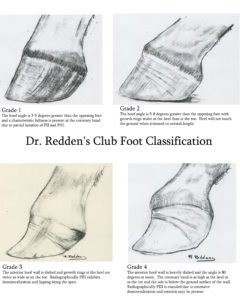



Horse Hoof Irregularities Club Foot Integrity Horse Feed
Been doing a bit of reading but every article says something different with regards to horseExplore LISA's board "equine clubfoot" on See more ideas about horse health, equines, horse care Club foot is a flexural deformity of the coffin joint, in which the back of the coffin joint is pulled upward Horses can be born with club foot, which can appear in either front or hind hooves, in a single hoof or in pairs Or, horses can develop club foot This most often occurs when a horse is two to six months old, due to rapid growth, nutrition imbalances, overexertion, or




Recognizing Various Grades Of The Club Foot Syndrome
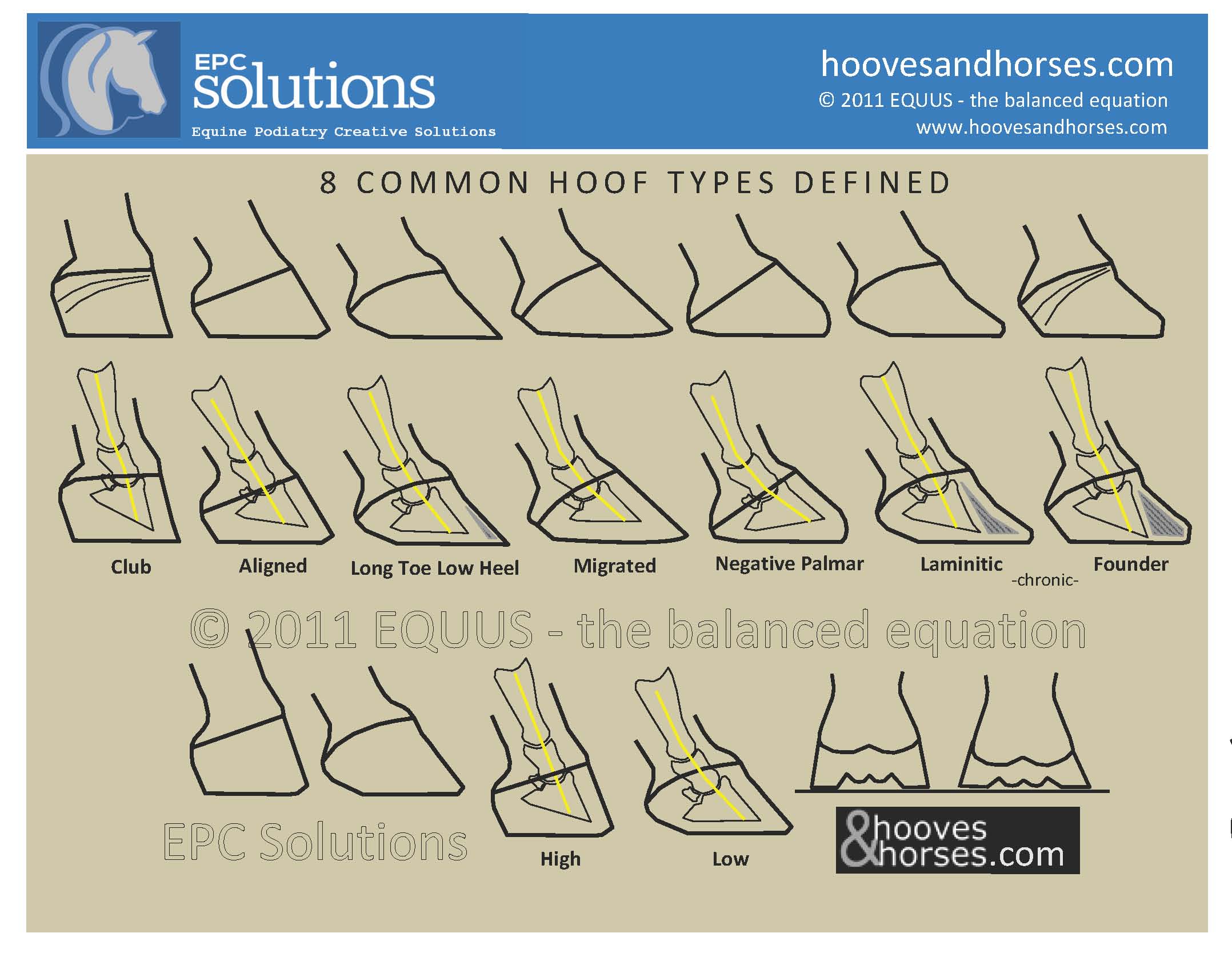



8 Hoof Types Explained
Shoeing options for the Club Foot in Horses Do you have any recommendations on glue on horse shoes My 15 year old Paint horse gelding was born with a club foot He wears Cavallo simple boots, which are great, but was thinking about glue on horseshoes for him Lauri R Grazing stance allegedly plays a part in manyA horse with club foot has one hoof that grows more upright than the other The "up" foot is accompanied by a broken forward pastern, that is, the hoof is steeper than the pastern (Photo 1) In a normal foot, the hoof capsule and the pastern align Radiographs will show that the boney column itself is misaligned, with permanent rotation of the coffin joint (Photos 2 and 3) 1 2 3 wwwWritten and presented April 12 by RF (Ric) Redden, DVM To better understand the club foot syndrome, we must be familiar with the mechanical formula and how it greatly influences the various degrees of hoof capsule distortion and bone remodeling associated with this syndrome There appears to be a direct relationship between the degree of tension increase or contributive



Would You Buy A Horse With Club Foot Pics The Horse Forum



So Called Club Foot By James R Rooney Dmv
Apparently the club foot condition has been with this horse since it was a foal This horse found it difficult to stand square or under himself before shoeing In photo 1 you can see the dish in the hoof wall is at or just below the coronary, a grade 3, whereas a dish at or just above the end of the toe would likely be considered grade 1 or 2 This club foot, as seen in photo 2, hasPain can arise from physitis, osteochondrosis, degenerative joint disease, pedal bone fracture, or softtissue wounds and infection Pain induces reflex muscle contraction with shortening of the flexor musculotendinous units The horse walks on its toes or knuckles in the fetlocks or occasionally the pastern jointComes very useful in horses with upright feet, the best example being the clubfooted horse As the foot grows out in these horses, there is a propensity for the dorsal wall to distort and flare, producing multiple angles to the dorsal wall Radiographic evaluation of the dorsal wall with a conforming marker allows accurate assessment of the distortion of the wall and true angle of the



Club Foot Chronically Unsound Barefoot Hoofcare



2
Equine Club Foot The equine club foot is defined as a hoof angle greater than 60 degrees What we see externally as the equine clubbed foot is actually caused by a flexural deformity of the distal interphalangeal joint (coffin joint) Causes include nutritional issues, heredity, position in the uterus or injury The condition is most often encountered in young animals and can be eitherWhen treating a club foot, the horse's age is an important factor, according to Alan Ruggles, DVM* "Acquired flexural deformity of the coffin joint is usually seen in foals between four and eight months, and is associated with large, fastgrowing foals on a high plane of nutrition" For mild cases, nonsurgical treatment methods are sought, including extendedtoe shoes, nonsteroidalAlmost always, I am called to club foot cases when the horse goes lame on the normal side This is usually caused by people trying to force the hooves to match each other This thinking often leads a farrier to cut the sole out from under P3 at the toe and allow the heels to grow unchecked on the normal foot Two wrongs don't make a right Treat the hooves as individuals, figure out the true




How D That Happen Origins And Remedies For Clubfoot Horse Racing News Paulick Report



Welcome Princess 17 Page 2 Zenyatta Com Forums
What Is A Club Foot Horse?Diagnosis of Club Foot in Horses Observation is the most efficient method of diagnosis whereby the constant checking of your newborn foal’s hooves would be advisable Birth deformities are usually easy to notice, especially if your foal has difficulty standing to nurse But this condition can happen quickly during the period of 2 to 8 weeks or so, starting by excessive toe wear toMany great performance horses have managed to perform well with a club foot However, there is a greater likelihood of lameness occurring in club feet than in normal feet There is increased sole bruising and other problems of abnormal weight bearing in horses with club foot Radiographs may show chronic changes to the coffin bone from excessive concussion, and excessive pull from the




Club Foot Ronaldmarshall




Recognizing Various Grades Of The Club Foot Syndrome
Many mature horses with a club foot frequently have damage to the dorsal lamellae and a stretched white line similar to that found in horses with laminitis, and therefore, toe extensions may markedly exacerbate detrimental mechanical forces on the lamellae and dorsal hoof wall Fig 14 Fig 14 Shoe with three removable 2° wedge pads attached to a plastic treatment plate 13 ConclusionA clubfoot, or a distal interphalangeal (coffin joint) flexural deformity, may affect the horse at any stage of life from neonate through adulthood The deformity may be congenital or acquired and, in many instances, has a genetic basis Acquired club feet are due to an injury where there is disuse of the foot and subsequent tendon contracture So, a club foot is one that may resemble a club Hi again I was just wondering if anyone had any experience or info on horses with club feet Does a horse with a club foot have limitations on what it can do as far as jumping or dressage?



Horse Foot



Farriervet Lancaster Club Foot
That's a completely different1 July 11 #2Although clubfoot deformity in horses is common, there is a sparse amount of evidencebased work defining the syndrome and its management Therapy is often empirical and based on clinical experience The primary goal of therapy and management of any clubfoot horse is to obtain a sound horse with a normal or nearnormal foot that will be maintained with routine hoof care




Webinar Shoeing The Club Footed Horse Youtube




Club Foot Or Upright Foot It S All About The Angles American Farriers Journal
The most frequently recognized form of clubfoot in horses occurs in sucklings or weanlings at approximately 2 to 8 months of age1–3,6–8 It is commonly a unilateral condition but occasionally affects both limbs The first clinical sign recognized is an upright appearance of the foot combined with the in ability of the heels to contact the ground immediately after trimming the Maybe a question for any trimmers here?!A horse with club foot has one hoof that grows more upright than the other The "up" foot is accompanied by a broken forward pastern, that is, the hoof is steeper than the pastern (Photo 1) In a normal foot, the hoof capsule and the pastern align All the latest horse racing form, betting odds, news, breeding, jockey and trainer information for Foot Foot Foot Foot is a mare born in 14
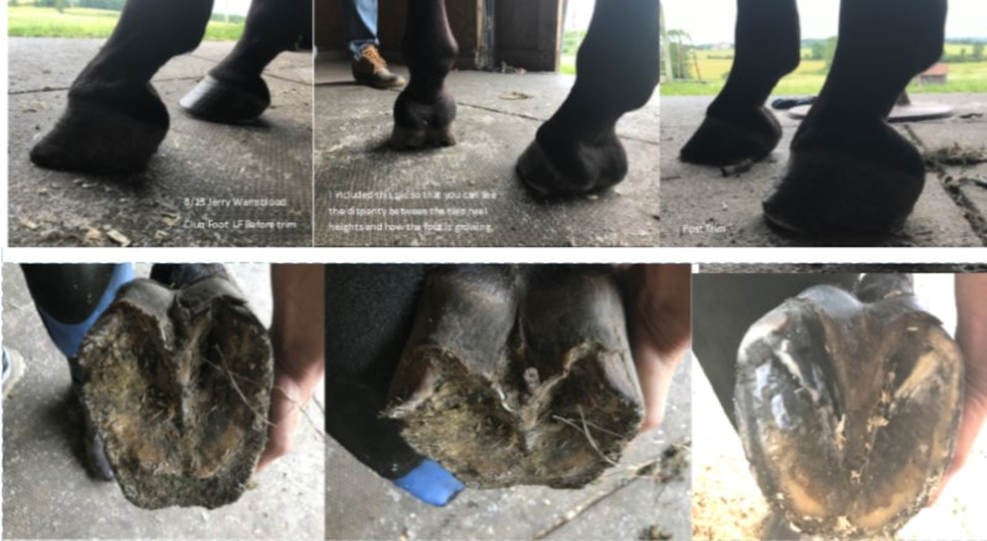



Portfolio Barefoot Trimming




Do Horses Neigh When They Run Can Horses Have Club Feet
Horses affected with club foot develop a flexural deformity of the coffin joint, due to a shortening of the musculotendinous unit that starts high up in the limb and inserts on the coffin bone in the foot, resulting in an upright conformation of the foot The muscle belly that controls the deep digital flexor tendon is located high in the limb above the knee at the back of leg In horses A club foot alters a horse's hoof biomechanics, frequently leading to secondary lamenesses Affected horses tend to land toefirst, and their heel's growth rate isCan club foot be corrected by trimming?



Boarding At Yucca Veterinary Medical Center



Club Foot
A Hi Tammy, Your horse does appear to have a grade 2 club foot (see Dr Reddens club foot grading system The hoof angle is 58 degrees greater than theIn this excerpt from the November 18 episode of Ask the Vet (https//wwwyoutubecom/watch?v=BfXotLp1), Dr Gray and SmartPaker club foot 10 Rehab Tips for Horses with HighLow or Upright Hooves by Jane @ THB 5 Comments Sorting out that highlow hooves situation It's the farrier's job, isn't it?




Ballerina Syndrome Where The Heels Remain Off The Ground Even At The Download Scientific Diagram




Recognizing And Managing The Club Foot In Horses Horse Journals
Start date 1 July 11;1 July 11 #1 W welshies4lifey Active Member 1 July 11 #1 Joined 26 April 11 Messages 42 would you buy a horse with a club foot? club foot Thread starter welshies4lifey;




A Club Foot Is Caused By Mobile Equine Diagnostics Inc Facebook
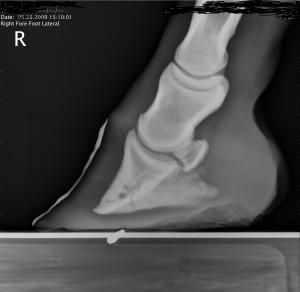



Club Foot Or Not Barefoot Hoofcare
Dunno What would you do if you suspected that your horse had a club foot?Treatments and causes for uneven hoof growth patterns, club foot horses, general misconceptions about club foot and asymmetrical hoovesThe foal grazed onefooted too long and shortened his tendon (the "grass foot" theorymarkedly club footed horses always graze with the club foot beneath them and the nonclub foot extended They never exchange legs) the inferior check ligament which attaches the deep flexor tendon at its midpoint to the top of the canon bone is too short and the tendon can't stretch as much as it



Club Foot In Horses
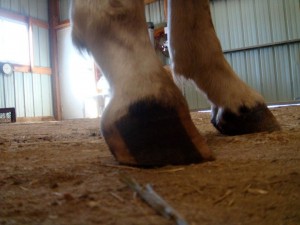



Equine Club Foot
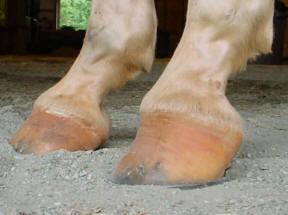



Club Foot




Defining And Fixing A Horse S Club Foot American Farriers Journal




Club Foot In Horses The Horse S Advocate




Understanding Club Foot The Horse Owner S Resource



Hoof Care For The Club Footed Horse David Farmilo




Shoeing Options For Club Foot In Horses
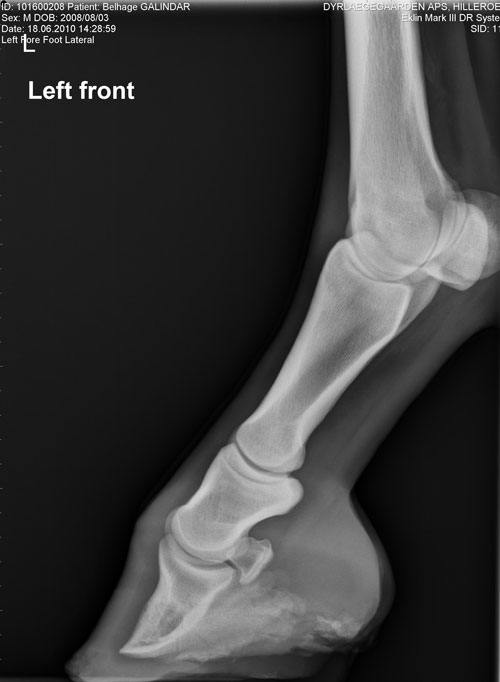



Contact Us Palmetto Equine Veterinary Services




Understanding Club Foot The Horse Owner S Resource



Club Foot
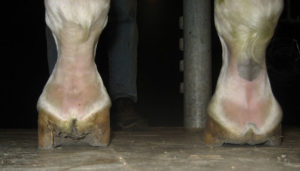



Horse Hoof Irregularities Club Foot Integrity Horse Feed
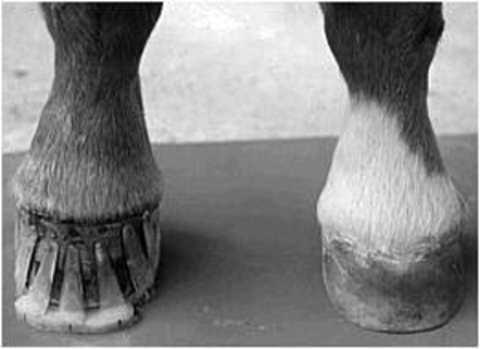



Club Feet In Foals
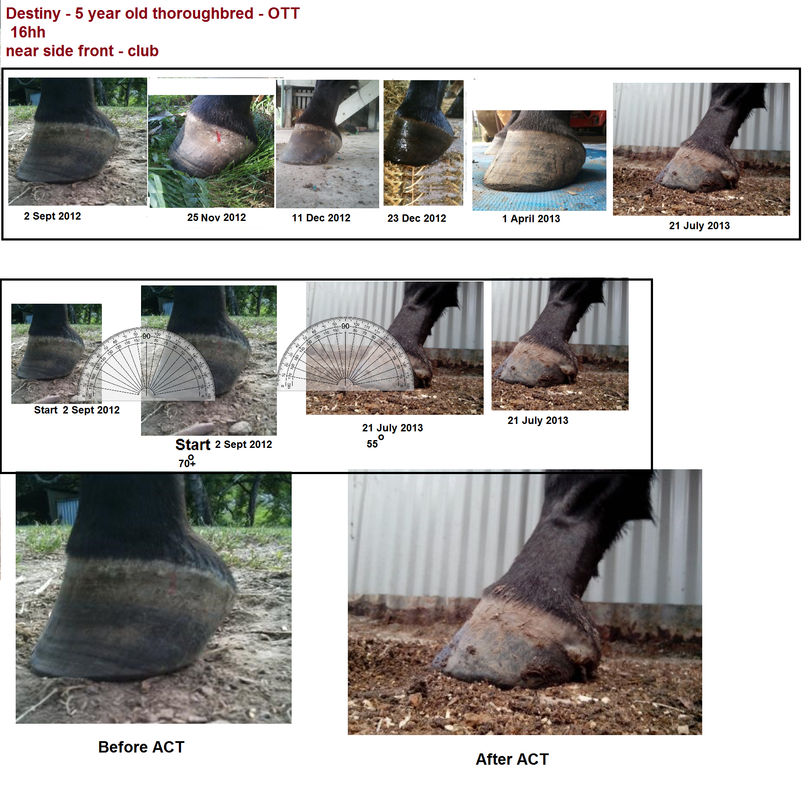



Club Foot Rehabilitation Act Trimming Strategy



Clubfoot 5 Yo Morgan Mare Barefoot Hoofcare



Would You Buy A Horse With Club Foot Pics The Horse Forum




Clubfoot Equine Before And After The Operation Vintage Engravin Stock Vector Illustration Of Ancient Finger



1




Natural Angle Volume 15 Issue 1 Spanish Lake Blacksmith




Club Foot In Horses Brian S Burks Fox Run Equine Center Facebook



Club Feet The Brutal Truth David Farmilo




Club Foot What Does The Future Hold For Your Foal H H Vip Horse Hound
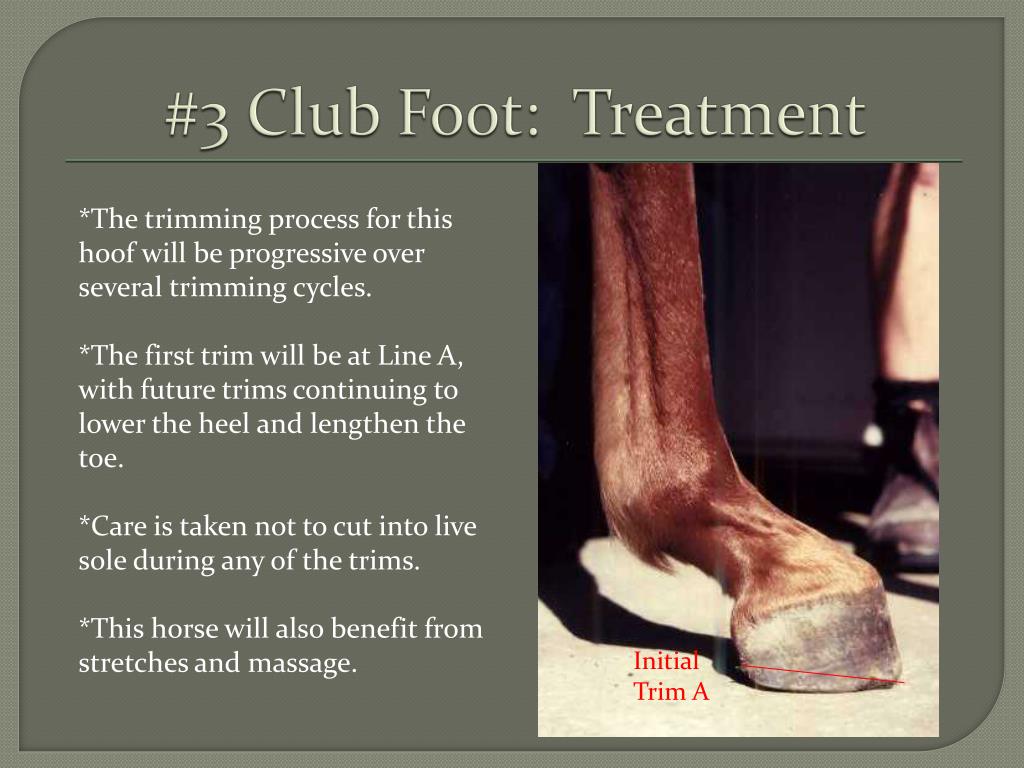



Ppt 5 Most Common Hoof Pathologies Powerpoint Presentation Free Download Id




The Club Foot Is It No Big Deal Or A Deal Breaker




Understanding Club Foot The Horse Owner S Resource




Lesson 4
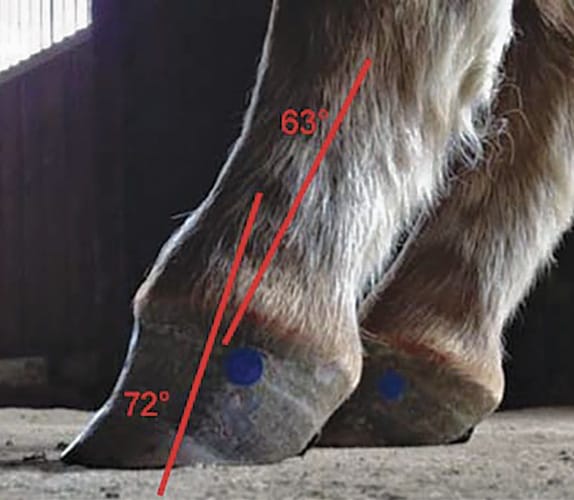



Defining And Fixing A Horse S Club Foot American Farriers Journal



Basic Shoeing Working With A Club Foot Farrier Product Distribution Blog
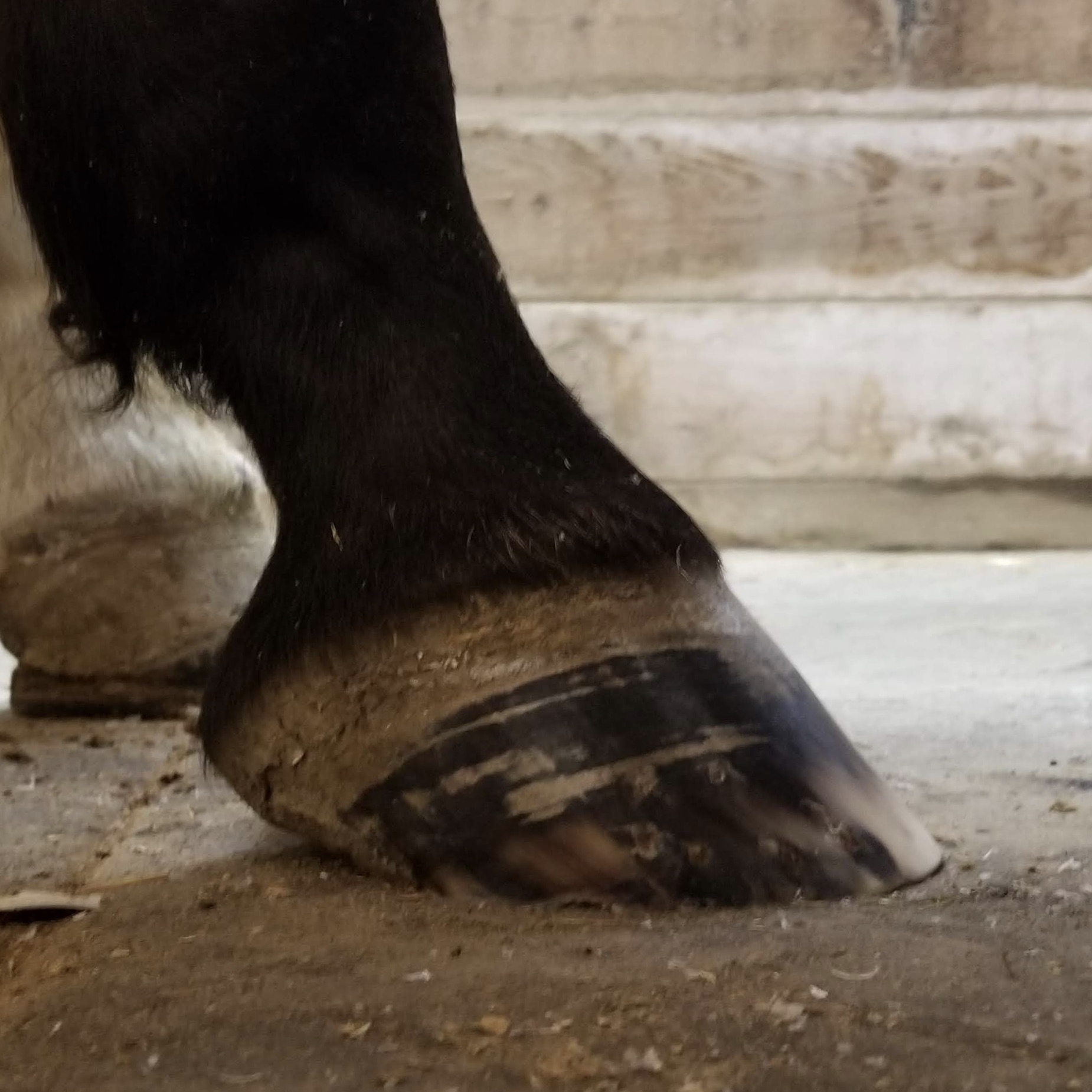



Low Foot Case Study Dixie S Farrier Service




Hoof Conformation Vs Horse Conformation Scoot Boots Retail



Basic Shoeing Working With A Club Foot Farrier Product Distribution Blog



2



Equine Podiatry Dr Stephen O Grady Veterinarians Farriers Books Articles



Club Feet Springhill Equine Veterinary Clinic




Michael Porter Equine Veterinarian 12




Farriery For Mismatched Feet Farrier Express




Clubfoot Or Club Foot Or Congenital Talipes Equinovarus Ctev Equine Before And After The Operation Vintage Engraved Illustration Usual Medicine Dictionary By Dr Labarthe 15 Royalty Free Cliparts Vectors And Stock




Club Foot Just How Sore Is Your Horse Casey Son Horseshoeing School



2



Club Feet The Brutal Truth David Farmilo




Frequent Trips Aid Club Foot American Farriers Journal
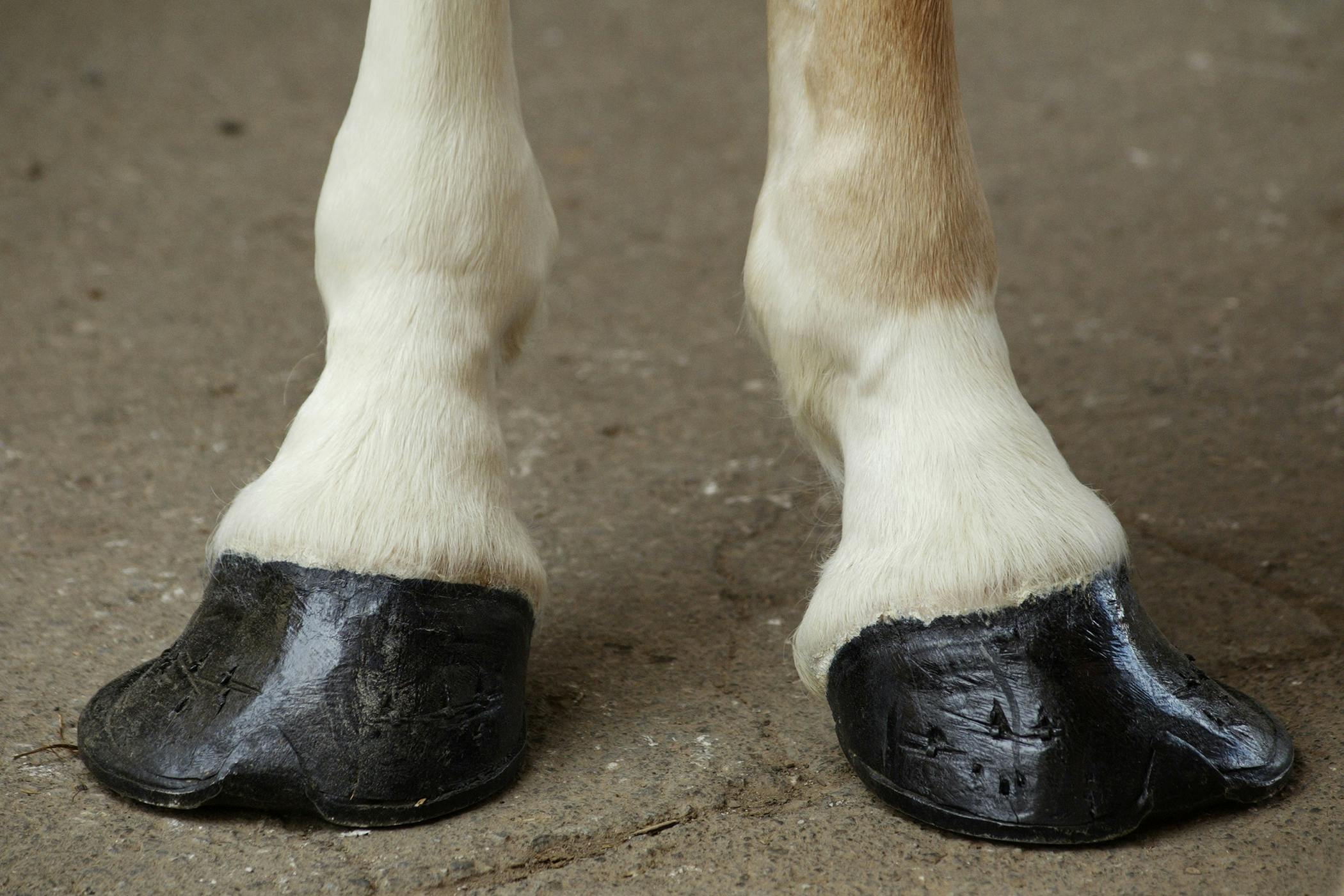



Club Foot In Horses Symptoms Causes Diagnosis Treatment Recovery Management Cost




Shoeing Options For Club Foot In Horses




Club Foot In Horses The Horse S Advocate
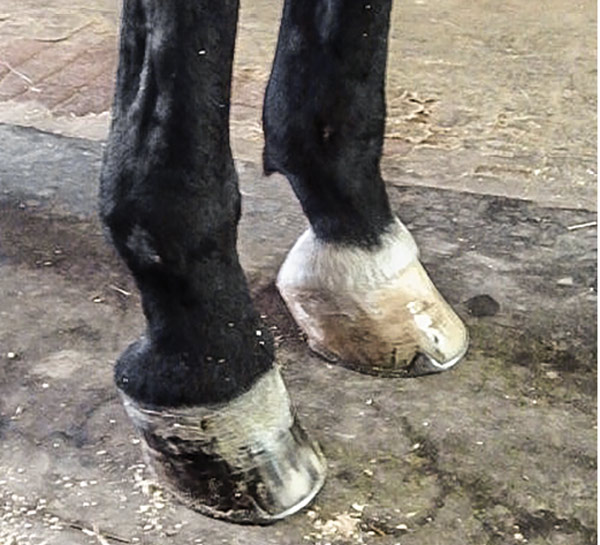



What Advice Has Been Most Helpful When You First Encounter A Club Foot American Farriers Journal



Farriervet Lancaster Club Foot
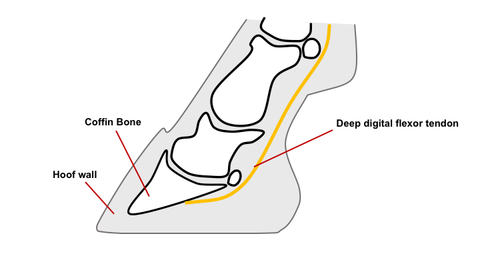



Club Feet In Foals




The Importance Of Physical Maturity In The Horse Horsetalk Co Nz



Understanding Club Foot Pressreader
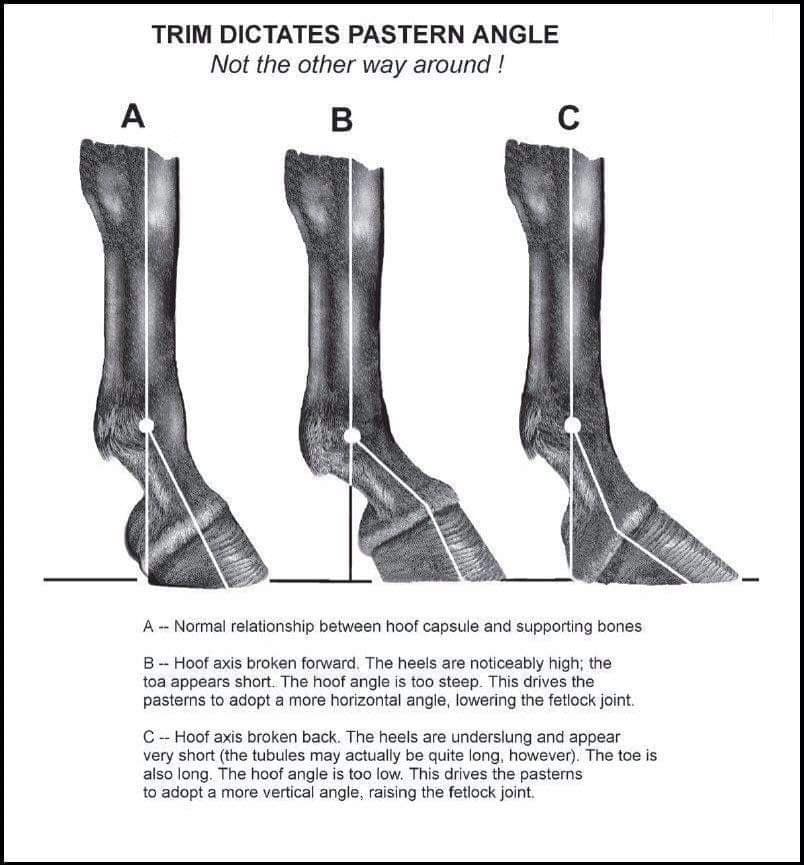



What Your Horse S Hoof Angle May Be Telling You Horses




Recognizing And Managing The Club Foot In Horses Horse Journals




News Feed Casey Son Horseshoeing School



2




Hoof Conformation Vs Horse Conformation Scoot Boots Retail
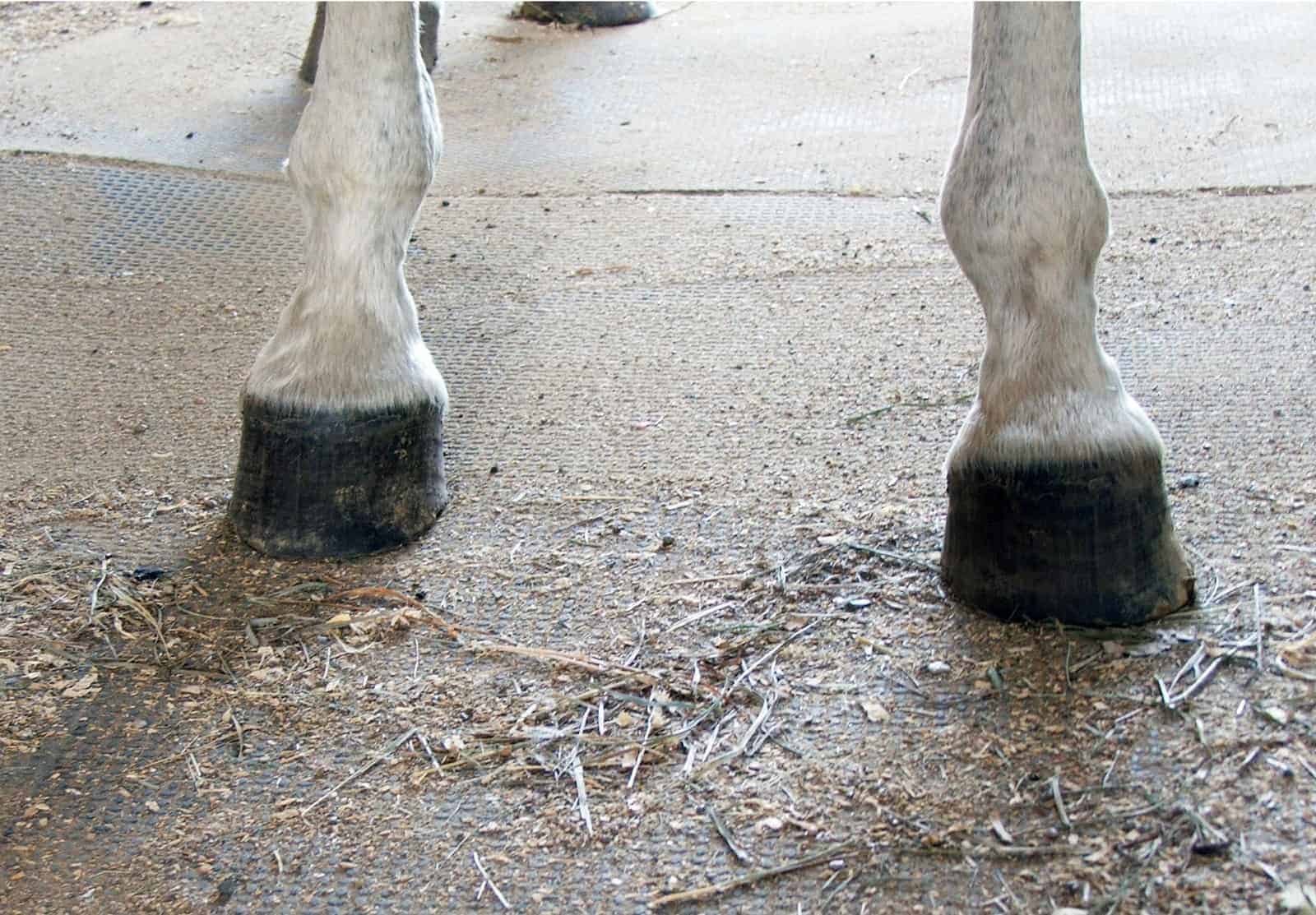



Club Foot Heritability In Horses The Horse



1




Equine Therapeutic Farriery Dr Stephen O Grady Veterinarians Farriers Books Articles




Equine Therapeutic Farriery Dr Stephen O Grady Veterinarians Farriers Books Articles



Shoeing News Club Grades Harness Racing Newsroom Usta Ustrotting




Recognizing And Managing The Club Foot In Horses Horse Journals




Pdf Management Of Clubfoot In Horses Foals To Adults Semantic Scholar




Clubfoot Or Club Foot Or Congenital Talipes Equinovarus Ctev Equine Before And After The Operation Vintage Engraved Illustration Usual Medicine Dictionary By Dr Labarthe 15 Canvas Print Barewalls Posters Prints Bwc
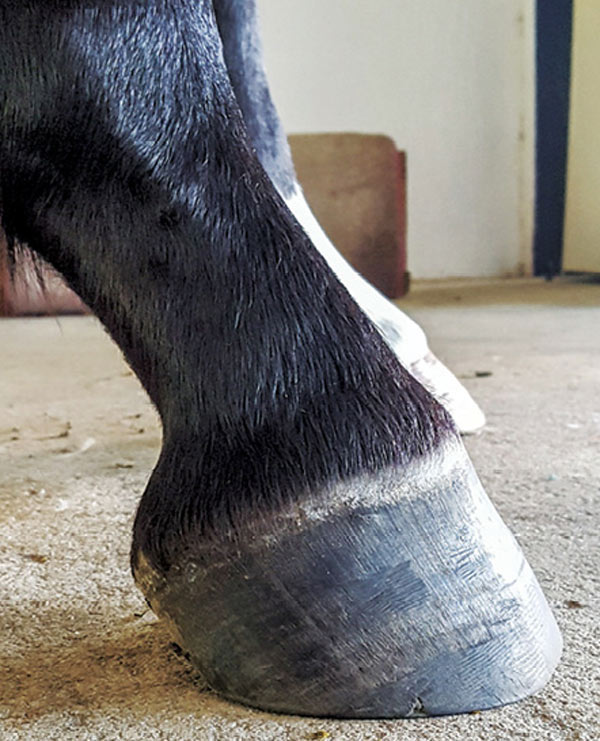



Club Foot Or Upright Foot It S All About The Angles American Farriers Journal
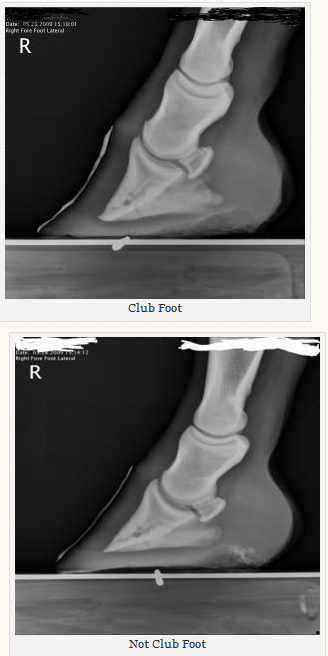



Managing The Club Hoof Easycare Hoof Boot News




Recognizing And Managing The Club Foot In Horses Horse Journals




Flexural Deformities In Horses Musculoskeletal System Merck Veterinary Manual
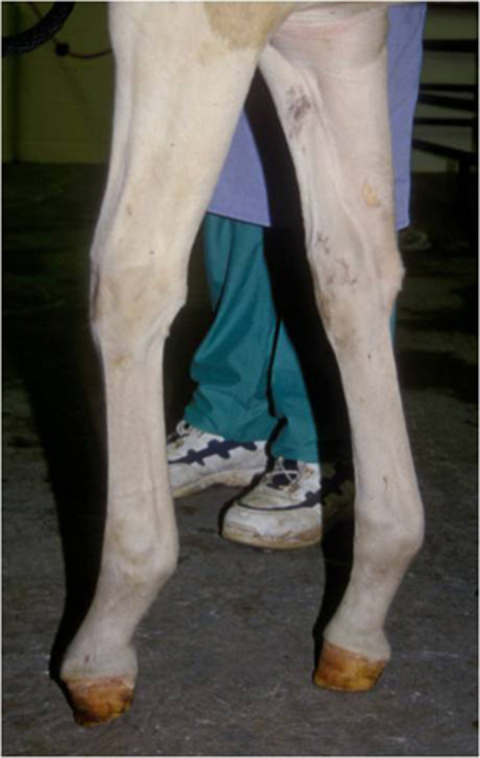



Gboqvfbspwv4km



Is This A Club Foot Horsetalk Co Nz




The Barefoot Horse Magazine What S The Problem With A Club Foot Can You Or Should You Try Fix A Club Foot By Trimming Shoeing Can A Horse With A Club




Club Foot Results In A Vertical Hoof Wall Compared To Other Feet A Dropped Sole And A Dished Front Dorsal Hoof Wall It Res Club Foot Horse Health Hoof Care



Club Foot In Horses Equine Chronicle




Managing The Club Foot The Horse
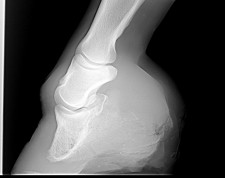



Equine Club Foot



Club Feet The Brutal Truth David Farmilo



Horse Club Foot




Recognizing And Managing The Club Foot In Horses Horse Journals
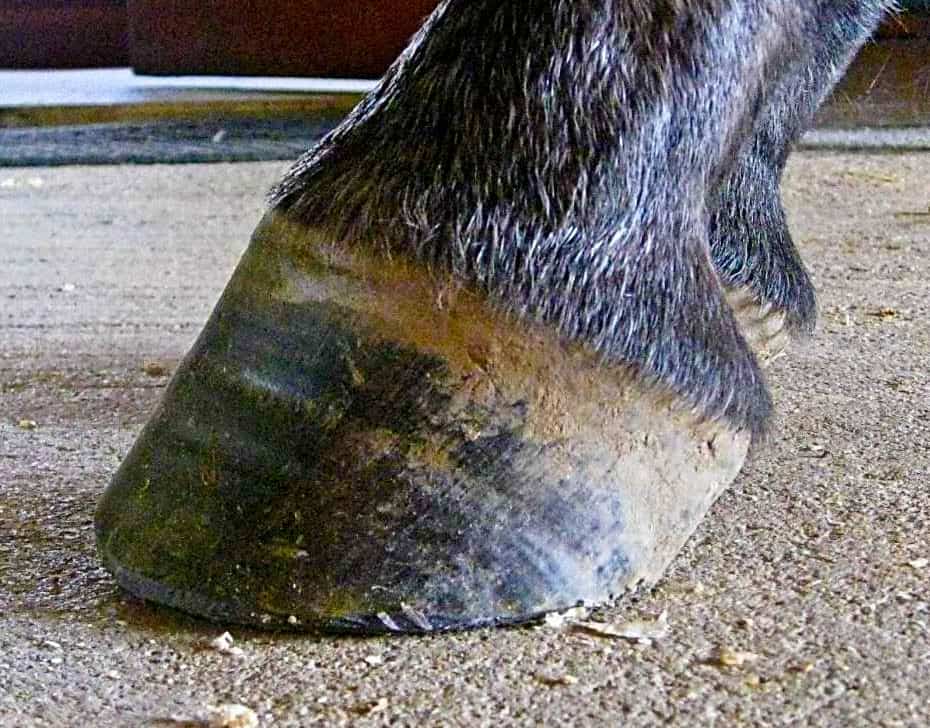



The Tolerable Club Foot The Horse
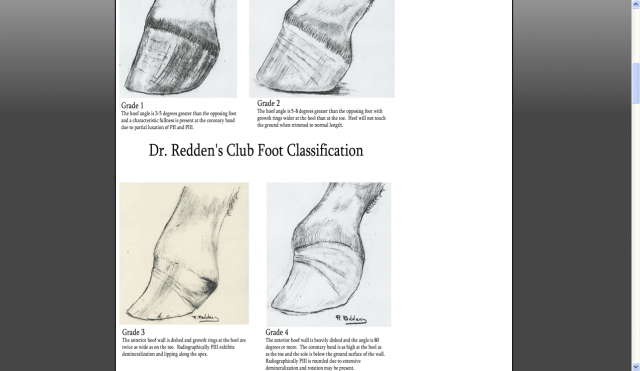



Managing The Club Hoof Easycare Hoof Boot News



0 件のコメント:
コメントを投稿